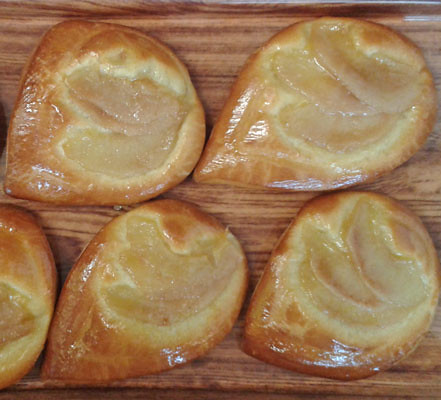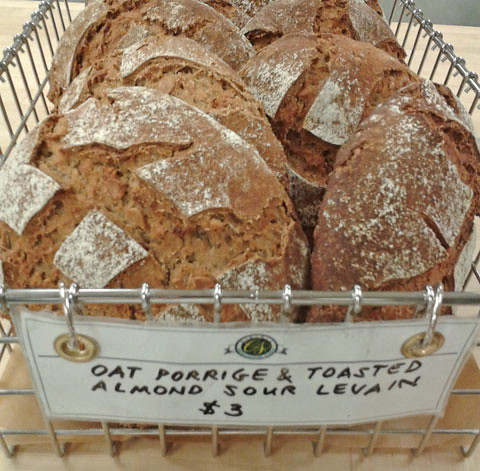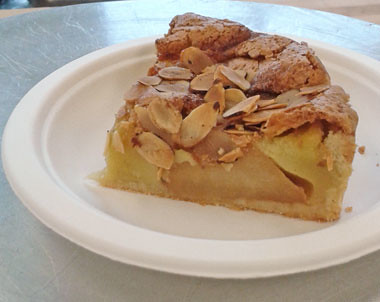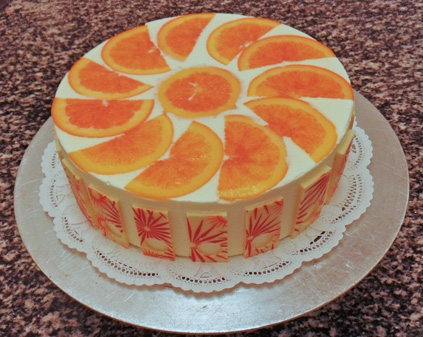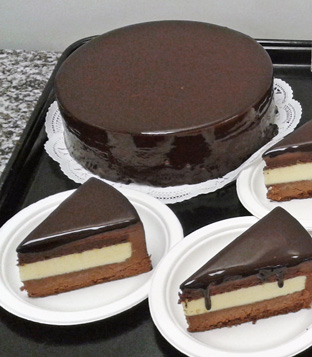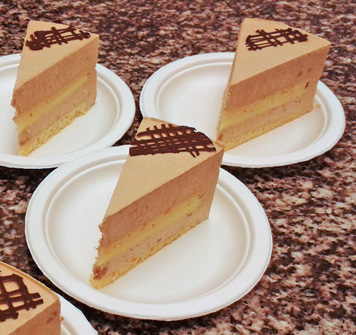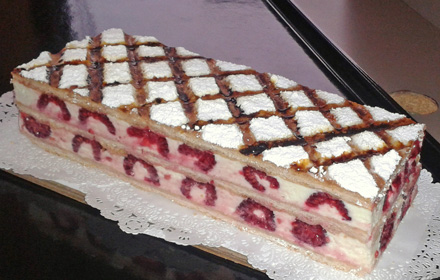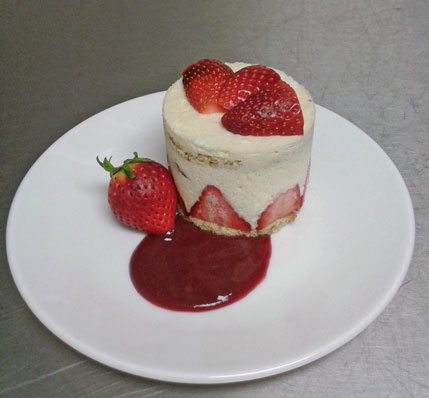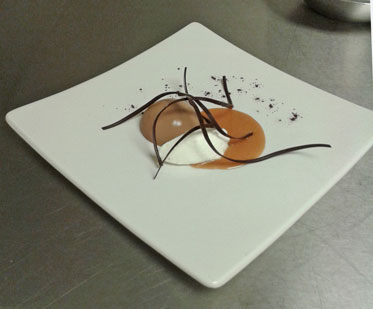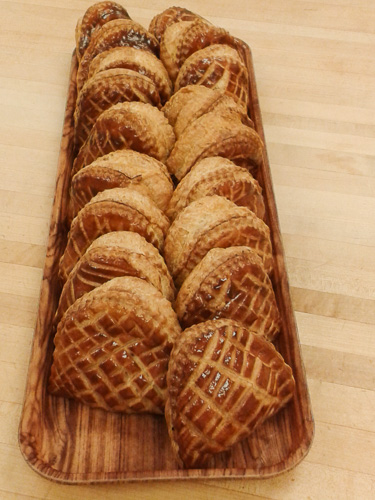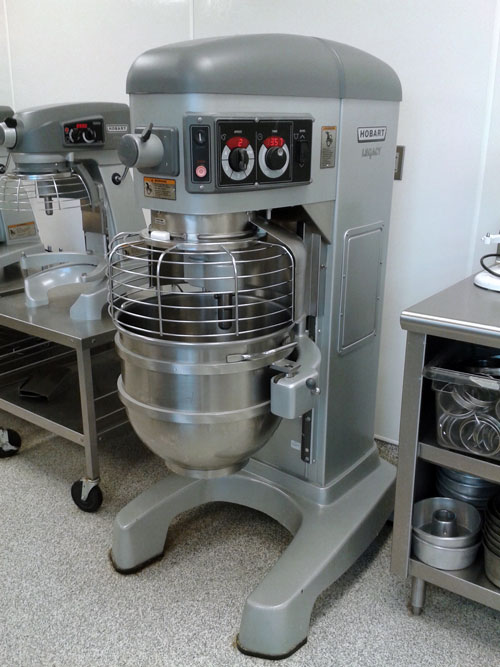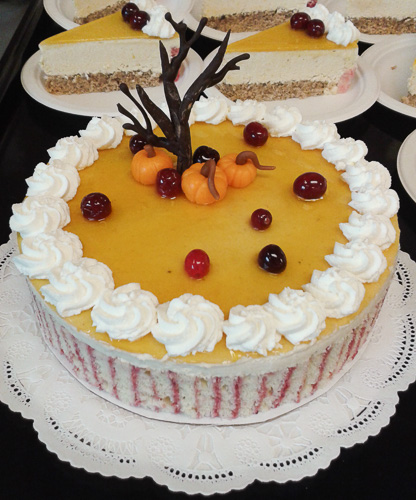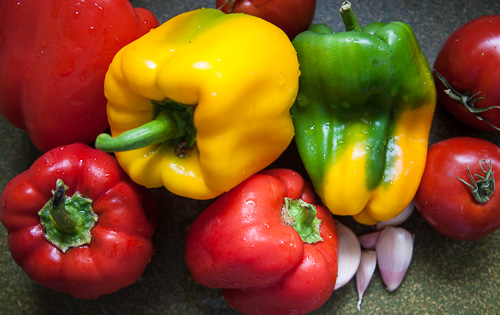For the test, we all go into the kitchen early in the morning. There are tables set up with a group of ingredients (not labelled - you have to recognize the item) on each table, and a number. We each draw a number out of a hat, go the the table with that number, and have an hour to recognize the product and make it (using the correct method). Sanitation counts, as does accuracy in following the method, and of course, the end result must also be acceptable.
No pressure, right...?
For my test last quarter, there were nine of us students, and we had nine possible products:
Brioche
Lemon Curd
Bavarian Mousse
Hot Method sponge cake
Two Stage Method sponge cake
Creme Anglaise
Merinque Buttercream
Biscuit Joconde
Dacquoise
I used two methods to study for this test: flash cards, and a flowchart. On my flashcards, I drew the ingredients on one side (as they might appear when seen on the table) and on the other side I put the name of the product and its method.
I was worried about being able to identify some of the products, because many of them had ingredients in common (different kinds of flour, for example). So, engineer that I am, I did some analysis of the ingredients, and realized it was really not that complicated to figure out what the product was. Below you can see my flowchart (and also sample flash cards). Click to enlarge.
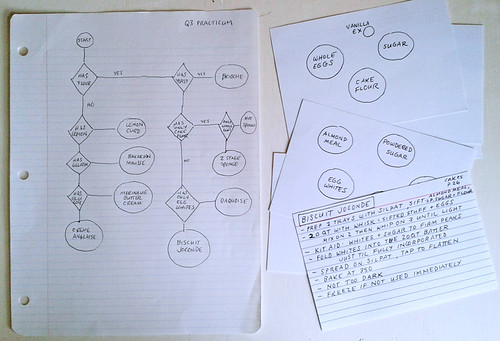
I'm not going to bore you with the whole flowchart explanation, but it involved breaking down the decision-making to simple questions based on observation: only one product has lemon; only one has yeast; and so on. My fellow students (and the chef instructor) thought this was fairly nutty, but when I explained the logic behind it, they still thought it was nuts, but in a clever way.
So, how did the test go? We all got ourselves way too worked up and nervous over it, and none of us got 100%. One person did not pass. I had no trouble with product recognition (I got Brioche) but I had not made brioche for three months and was thrown off by the quantity (one fourth of the amount we usually mix) and though it turned out ok, I was obviously nervous (for which I lost points) and added the butter too soon (for which ditto). OH WELL, lesson learned (studying's good but staying calm is better).
